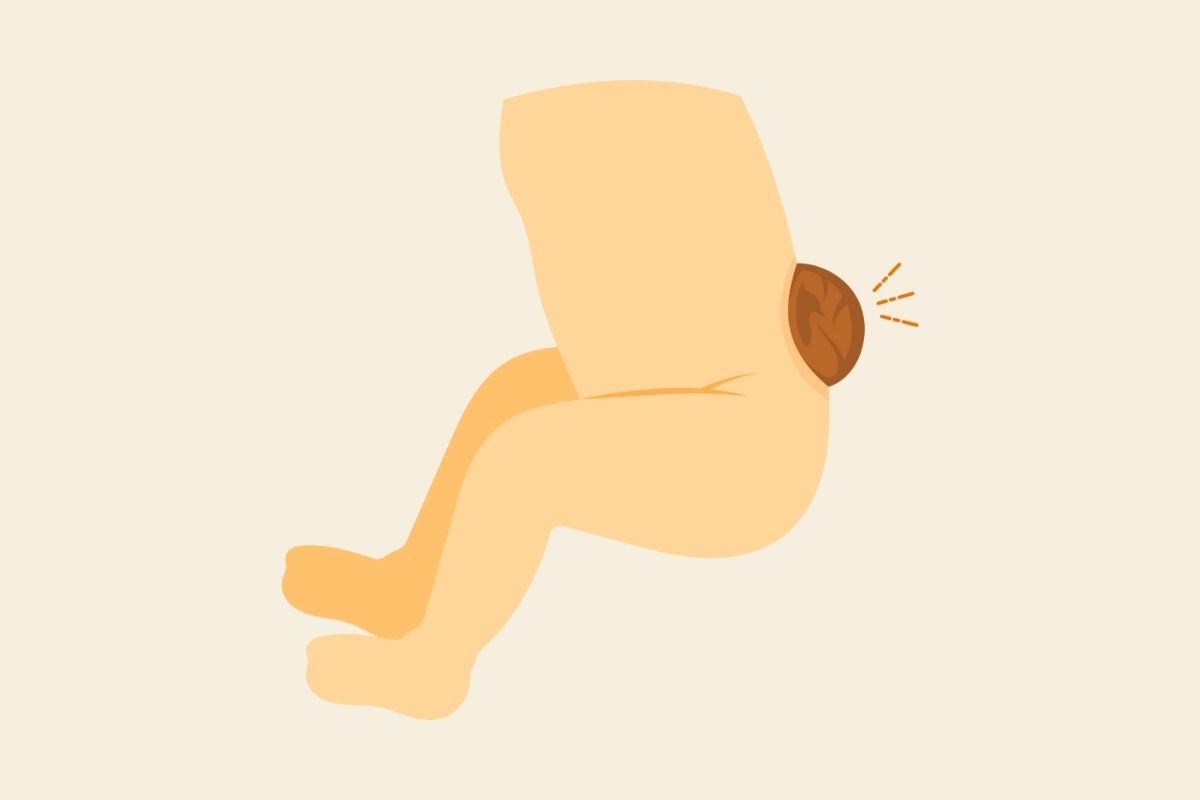Spina Bifida (Meningomyelocele)
Spina bifida is a neural tube defect in which the membranes surrounding the spinal cord and sometimes the spinal cord protrude outward as a result of incomplete development of the spine in the womb. The most severe form, meningomyelocele, is usually seen in the lumbar region and is characterized by multiple problems such as difficulty walking, scoliosis, hip dislocation, knee bending (crouch gait), foot deformities and urinary and fecal control problems.
After birth, the open spinal cord is closed by neurosurgery. However, treatment of orthopedic problems continues throughout life.
- Pathologies such as cavovarus deformity, hammertoe and clubfoot can be surgically corrected.
- Crouch gait is a severe knee joint problem and often need orthopedic surgery
- Hip dislocation and scoliosis are other important problems that require regular follow-up and can be eliminated with orthopedic surgery.
- Functional independence is increased with physical therapy and orthotics.
Early intervention and a multidisciplinary approach (orthopedics, neurosurgery, physiotherapy, urology) increase the participation of children with spina bifida in social life.
